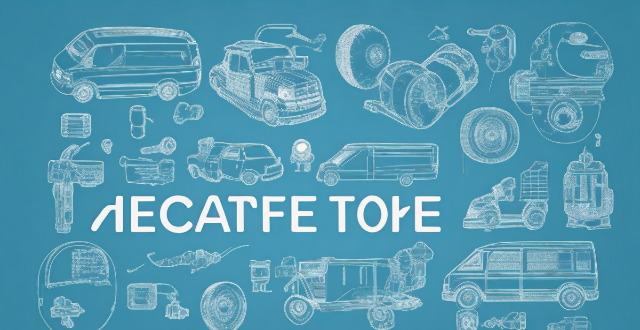The text discusses the differences between cold air intakes and short ram intakes for car engines, highlighting their design, benefits, drawbacks, and comparison. Cold air intakes aim to bring in cooler air from outside the engine bay, improving performance due to increased oxygen content, but may require more maintenance and be more susceptible to water or debris. Short ram intakes take in air from inside the engine bay, offering easier installation and a balance between power gains and appearance, but don't provide as significant performance enhancements. The choice between them depends on individual goals and considerations like performance, ease of installation, and budget.

What is the difference between a cold air intake and a short ram intake?
Cold Air Intake (CAI)
- Description: A cold air intake, as the name suggests, is designed to bring in cooler air from outside of the engine bay. This is achieved by routing an intake tube to the front of the car or in some cases, below the bumper where the air is cooler. The idea behind this is that cooler air is denser and can therefore carry more oxygen molecules per volume than warmer air.
- Benefits: The main advantage of a cold air intake is improved performance due to the increased oxygen content in the cooler air. This can lead to better throttle response and potentially higher horsepower and torque outputs. Additionally, many enthusiasts appreciate the distinctive intake sound that these systems can produce.
- Drawbacks: However, there are also potential downsides. Because the intake tube extends further into the engine compartment or even under the vehicle, it may be more susceptible to ingesting water or debris during certain conditions. Furthermore, CAI systems can sometimes be more complex and require additional maintenance.
Short Ram Intake (SRI)
- Description: A short ram intake typically takes in air from inside the engine bay rather than from outside the vehicle like a cold air intake. It usually consists of a shorter intake tube with a filter located closer to the engine itself.
- Benefits: Short ram intakes are often simpler in design and can be easier to install compared to their cold air counterparts. They might not provide the same level of performance gains as a CAI but can still offer slight improvements over the stock intake system. SRIs can also maintain a balance between power gains and maintaining the original appearance of the engine bay.
- Drawbacks: Since they draw warm air from within the engine compartment, they don't benefit from the increased density of cooler air. As a result, they generally don't offer the same level of performance enhancement as a cold air intake. Additionally, they might not have as pronounced an effect on engine sound as a CAI.
Comparison
- Air Temperature: One of the key differences lies in the temperature of the air each system pulls in. A CAI aims for cooler external air, while an SRI accepts the warmer air present in the engine bay.
- Performance: Generally speaking, cold air intakes are believed to offer more significant performance benefits due to the increased oxygen content in cooler air.
- Installation & Maintenance: Cold air intakes may require more intricate installation procedures and could necessitate more frequent checks and maintenance to ensure cleanliness and proper functioning.
- Cost: Both types of intakes can vary in price, but cold air intakes often come at a premium due to their design and intended performance benefits.
In conclusion, both cold air intakes and short ram intakes aim to improve upon the factory air intake system, but they do so in different ways. Your choice between them will depend on your specific goals, whether that's maximizing performance, ease of installation, or budget considerations.